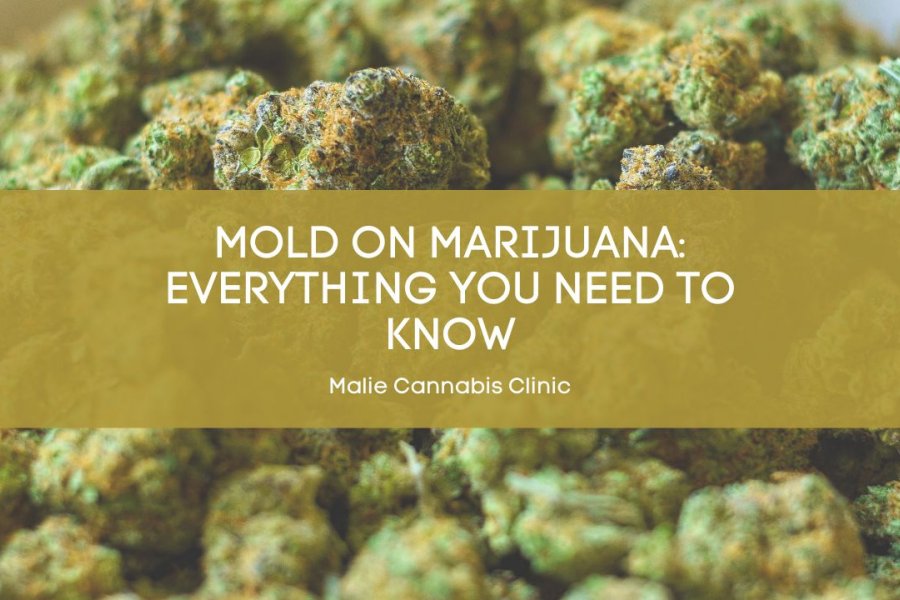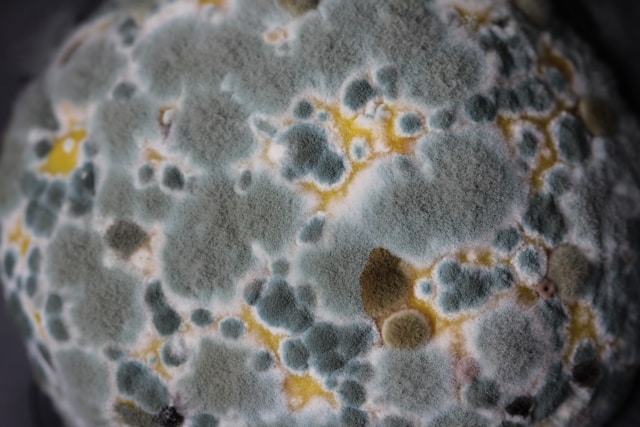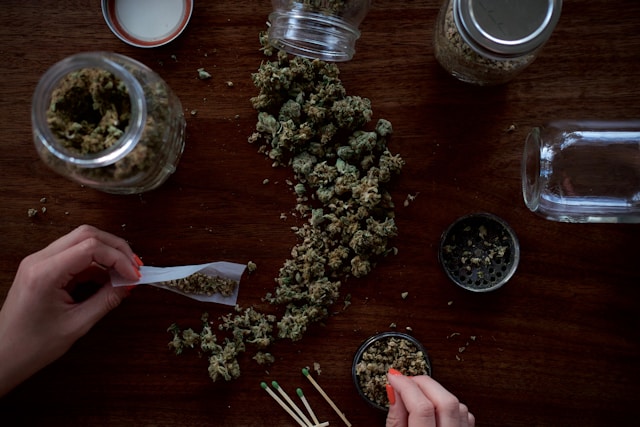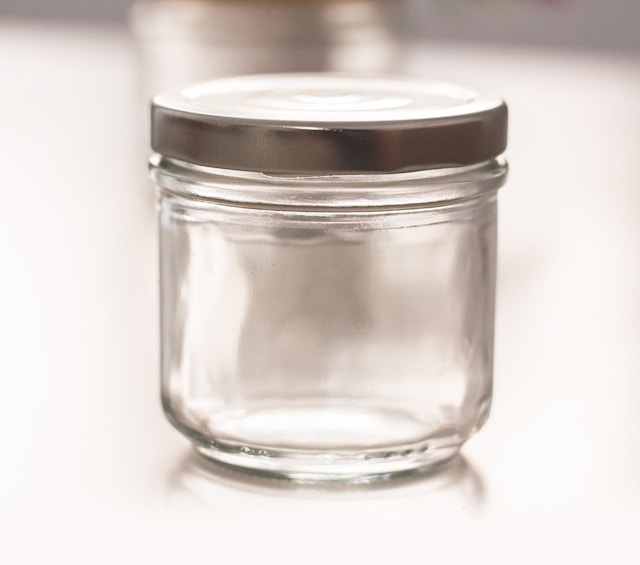
Mold on marijuana, though not always visible, can pose serious health risks if consumed. Mold thrives in moist environments, making cannabis susceptible to contamination during cultivation, harvesting, or storage.
Identifying mold on cannabis is crucial for consumer safety. This article provides a comprehensive guide to understanding mold on marijuana, including how to identify it, differentiate it from trichomes, recognize its taste, and implement remedies and prevention methods.
Identifying Moldy Cannabis
Identifying mold on cannabis can be challenging because it may not always be visible to the naked eye. Mold typically appears as white, gray, green, or black fuzzy patches on the surface of buds. However, mold can also hide within the flower, making it difficult to detect. Signs of mold include an unusual smell, discoloration, or a powdery texture on the buds.
Moldy Cannabis vs Trichomes: Spotting the Difference
Trichomes, small crystal-like structures covering cannabis buds, contain cannabinoids and terpenes, enhancing potency and aroma. They appear translucent, mushroom-shaped, and sticky, crucial for indicating a well-developed bud. In contrast, mold manifests as fuzzy or powdery patches, lacking the resinous texture of trichomes and often accompanied by a musty odor.
Distinguishing factors include texture, with trichomes feeling oily and mold having a cotton-like softness, and coloration, with trichomes being translucent and mold appearing opaque. Additionally, trichomes are evenly distributed, while mold forms irregular clusters, disrupting bud symmetry. Understanding these differences is vital for consumers to ensure they consume safe, high-quality cannabis.

Taste of Mold on Cannabis
Consuming moldy cannabis can have adverse effects on health, including respiratory issues, allergic reactions, and infections. Mold-infected buds may have a musty or sour taste, often accompanied by a cloud of harsh or unpleasant smoke. If you suspect your cannabis is contaminated with mold, it is best to discard it to avoid potential health risks.
The taste of mold on cannabis serves as another warning sign of contamination and potential health risks. Mold-infected buds may carry a musty or sour flavor profile, distinctly different from the characteristic taste of fresh cannabis. When consumed, moldy cannabis can produce a harsh or unpleasant smoke, further indicating the presence of contaminants.
Recognizing these off-putting flavors and textures can help consumers identify mold-infected cannabis before ingestion, preventing potential respiratory issues, allergic reactions, and infections. In cases where mold contamination is suspected, it is paramount to err on the side of caution and discard the affected cannabis to safeguard against adverse health effects.
Remedies for Moldy Buds
If mold is detected on cannabis buds, prompt action is necessary to mitigate further contamination. One common remedy involves meticulously trimming away the affected areas using sterile scissors, ensuring that no spores spread to unaffected parts of the plant. However, it's crucial to recognize that this method may not entirely eradicate the mold, particularly in cases of severe contamination, warranting the disposal of heavily affected buds.

Preventing Mold Growth on Marijuana
Preventing mold growth on marijuana is key to maintaining product quality and ensuring consumer safety. Several factors contribute to mold growth, including temperature, humidity, and storage conditions. By managing these factors effectively, consumers can minimize the risk of mold contamination.
Managing Temperature Extremes
Temperature plays a significant role in mold growth, as mold thrives in warm, humid environments. Maintaining a consistent temperature between 70-85°F during storage can help prevent mold growth. Avoid exposing cannabis to extreme temperatures, as this can create condensation and promote mold growth.
Monitoring Humidity
Humidity levels should be closely monitored throughout the storage process. Ideal humidity levels for cannabis range from 45-55% during curing and storage. Investing in a hygrometer or a dehumidifier can help consumers accurately measure humidity levels and make adjustments as needed to prevent mold growth.
Selecting Suitable Storage Containers
Proper storage containers are essential for preserving the freshness and quality of cannabis while minimizing the risk of mold contamination. Choose airtight glass jars or containers with rubber seals to maintain optimal humidity levels and prevent exposure to light and air. Avoid plastic bags or containers, as they can trap moisture and promote mold growth.

Preserving Cannabis Quality with Proper Storage
Preserving cannabis quality with proper storage is paramount to maintain its freshness and potency over time. Storing cannabis in a cool, dark place away from direct sunlight and heat sources can help prevent degradation of cannabinoids and terpenes.
It's crucial to avoid storing cannabis in the refrigerator or freezer, as fluctuations in temperature and humidity can adversely affect the product's integrity and potency. Instead, opt for a cool, dry storage location such as a pantry or closet, away from household appliances that generate heat.
By following these storage practices, consumers can ensure that their medical cannabis retains its quality for longer durations, enhancing the overall therapeutic benefits of the product.
Bottom Line
Mold on marijuana poses serious health risks and can compromise product quality. It is essential to identify moldy cannabis and differentiate it from trichomes to ensure consumer safety. Remedies for moldy buds include careful removal or disposal, while prevention methods focus on managing temperature, humidity, and storage conditions.
By following proper storage practices, consumers can minimize the risk of mold contamination and preserve the quality of their cannabis products. If you would like to obtain a medical cannabis card in Hawaii contact the team at Malie Cannabis Clinic today!